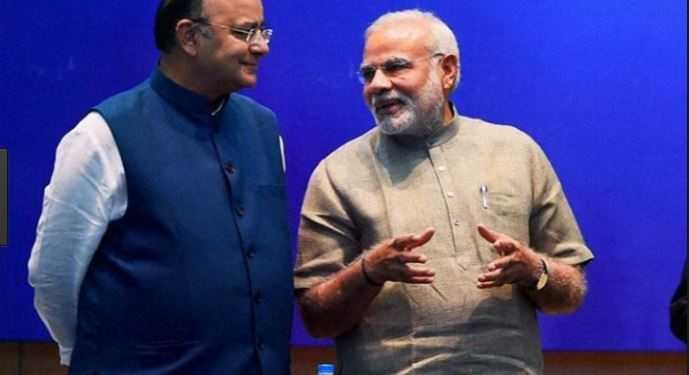As FY 2017-18 ends, the government can expect a lot of questions pertaining to its revenue and the GST collections. The fiscal deficit is also another aspect which will be analysed through a microscope. This is also perhaps the period where the Modi government’s flagship initiatives like demonetisation and GST are put under scrutiny. The direct tax collections have just ended for this fiscal year, and with the official numbers slowly trickling in, has Modinomics passed its litmus test?
The direct tax collection has exceeded the budgetary target of Rs 9.8 trillion and has recorded a whopping 9.95 lakh crores for the fiscal year 2017-18. The number of income tax returns have also risen from the last year, as 6.84 crore returns were filed as compared to the 5.43 crore in the previous fiscal year. 99.49 lakh new assesses were also added to the tax net this fiscal year, which is higher than the 85.53 lakh added in the last fiscal.
FY18 was expected to be the toughest year for the government in terms of revenue collections owing to the uncertainty surrounding the GST, which was implemented this fiscal year. Many expected the government to fall short of its targets. However, the government has managed to achieve both direct and indirect tax targets for FY18, and the GST collections for February stands at Rs 89,264 crores. Refunds amounting to Rs 17,616 crores have already been given out, a clear sign that demonetisation and GST have had a positive effect on the economy, increasing the government’s revenue in turn.
The government in its mission to stop tax evasion had introduced electronic waybills on an inter-state level on April 1st, with intra-state level implementation expected to follow soon. The e-way bill is a permit for the transport of goods exceeding Rs 50,000 in value. It provides details of the items being transported and where they’re headed. It is generated using the GST Common Portal by registered persons or transporters moving the goods. The first day saw 25.9 million e-ways being generated, which rose to 28.9 million on Monday. Already 1.12 million taxpayers have registered on the e-way bill portal and 20,057 transporters have enrolled.
The fiscal deficit is something which has been hindering the growth of India’s economy, raising concerns over its health, which in turn has led to potential investors turning away from India. The fiscal deficit is the difference between government expenditure and its revenue, and with India being a growing economy the government expenditure is bound to exceed its revenue. When the fiscal deficit is high, it signals a looming crisis, as inflation will follow and will leave little room for interest rate cuts. The government has steadfastly refused to cut the expenditure and has set itself a fiscal deficit target of 3.5% of the GDP for FY18, which it hopes to meet through tax collections and disinvestments.
The International Monetary Fund in February applauded the Indian government for its fiscal deficit target and called it ambitious as the target assumes that the government will be able to collect higher tax revenue from the same amount of consumption and income. The government was proved right as the tax collections exceeded all the targets, and were much higher than the previous fiscal year. The IMF claimed that there were some implementation issues in GST and the tax revenue collection would fall short of the budget. This clearly hasn’t happened, which can only mean that the gamble of transitioning the country to an entirely new tax structure has clearly paid off.
The government in its quest to achieve the fiscal deficit target and hence retain the growing investor faith in the country decided to make disinvestments their prime focus. It had set itself an ambitious target of Rs 72,500 crores, which many termed impossible to achieve considering the fact that no government had been able to achieve its disinvestment target since FY 2009-10. Amid the concerns of low disinvestment receipts owing to GST, the government moved quickly to assuage the fears and raised over Rs. 60,000 crores through disinvestments by October itself. Come April, the government not only met its target but managed to raise a whopping Rs.100,000 crores, which helped the government its fiscal deficit target.
FY2017-18 was expected to be the toughest for the Modi government, with rising concerns over the effects of demonetisation and GST.
On the contrary, this has been a record-breaking year, a clear indication that Modinomics is indeed working at the ground level. One can expect India to grow over 7% in the next fiscal year, which IMF predicts will happen. This will be a huge boost for Prime Minister Modi just before the Lok Sabha elections.






























